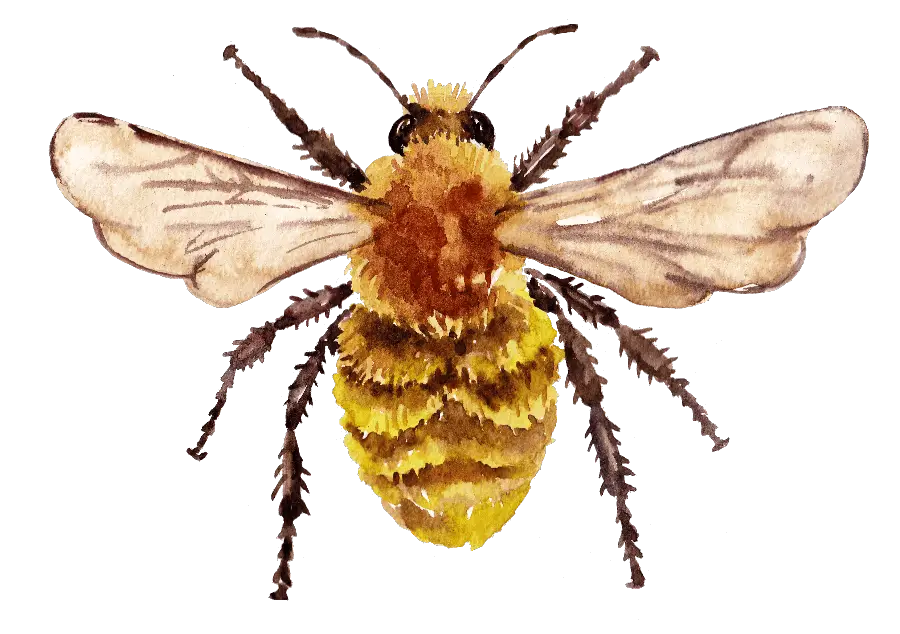Last updated on January 4th, 2024 at 02:46 pm
Bombus Pascuorum, also known as the Common Carder Bee, is one of the most frequently seen bumblebees in the UK. With its distinctive ginger hair, it is easily recognizable and can be found in a wide range of habitats, including gardens, meadows, pastures, waste ground, ditches, embankments, roads, and field margins, as well as forests and forest edges.
Appearance
The Common Carder Bee is a relatively small bumblebee species, with queens measuring around 17mm in length. They have gingery bodies, often with black or dark hairs, and usually have ginger tufts of hair on the face. Workers have similar colouring to queens, and can be very small. Males have yellow hairs on the face, with some black hairs on the thorax and abdomen.
Habitat & Behaviour
These bees are active from early spring until late autumn, with queens emerging from hibernation in March and April to start new colonies. They are one of the earliest bumblebees to emerge in spring, and usually the latest-flying of the bumblebees from summer nests. The Common Carder Bee is a social bee, with colonies consisting of a queen and up to 200 workers.
In terms of behaviour, Common Carder Bees are known for their gentle nature and are not aggressive towards humans. They are important pollinators and play a crucial role in maintaining the health of our ecosystems.
Diet
The diet of the Common Carder Bee consists of nectar and pollen, which they collect from a wide variety of flowers. They are important pollinators for many plant species, including fruit trees, vegetables, and wildflowers.
Best Time To Spot Them
If you want to see Common Carder Bees, the best time of year is from late spring to early autumn. They are most commonly found in the southern half of the UK, but can also be found in Scotland and Northern Ireland. They are widespread and abundant and are a member of the ‘Big 7’ bumblebee species in the UK.
In conclusion, the Common Carder Bee is a fascinating and important species of bumblebee that can be found in a wide range of habitats throughout the UK. With their distinctive ginger hair and gentle nature, they are a pleasure to observe and play a crucial role in pollinating our plants and maintaining the health of our ecosystems.
Use our handy bee spotters guide to identify bees in your garden.
What are the Big 7 bumblebee species in the UK?
The Big 7 bumblebee species are particularly widespread and common in the UK, making them a good starting point for those interested in identifying bumblebees.
- Common carder bee (Bombus Pascuorum)
- Buff-tailed bumblebee (Bombus Terrestris)
- White-tailed bumblebee (Bombus Lucorum)
- Red-tailed bumblebee (Bombus Lapidarius)
- Garden bumblebee (Bombus Hortorum)
- Early bumblebee (Bombus Pratorum)
- Tree bumblebee (Bombus Hypnorum)
Remember: Bees, including the Common Carder Bee, are essential for pollination and maintaining ecological balance. If you ever come across a tired bee, consider using a bee revival kit from Revive a Bee to give it a helping hand.
Note: Always approach bees with caution and avoid disturbing their natural habitat. Their importance in our ecosystem cannot be overstated, and it’s our responsibility to protect and respect them.





